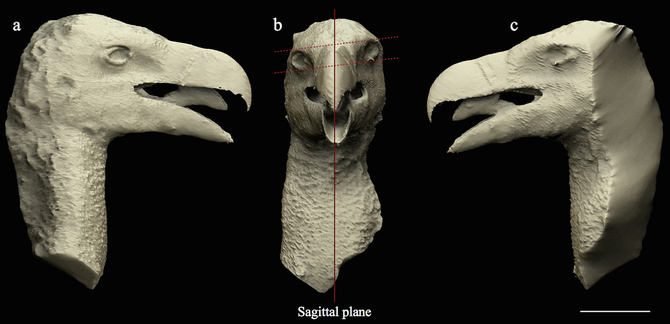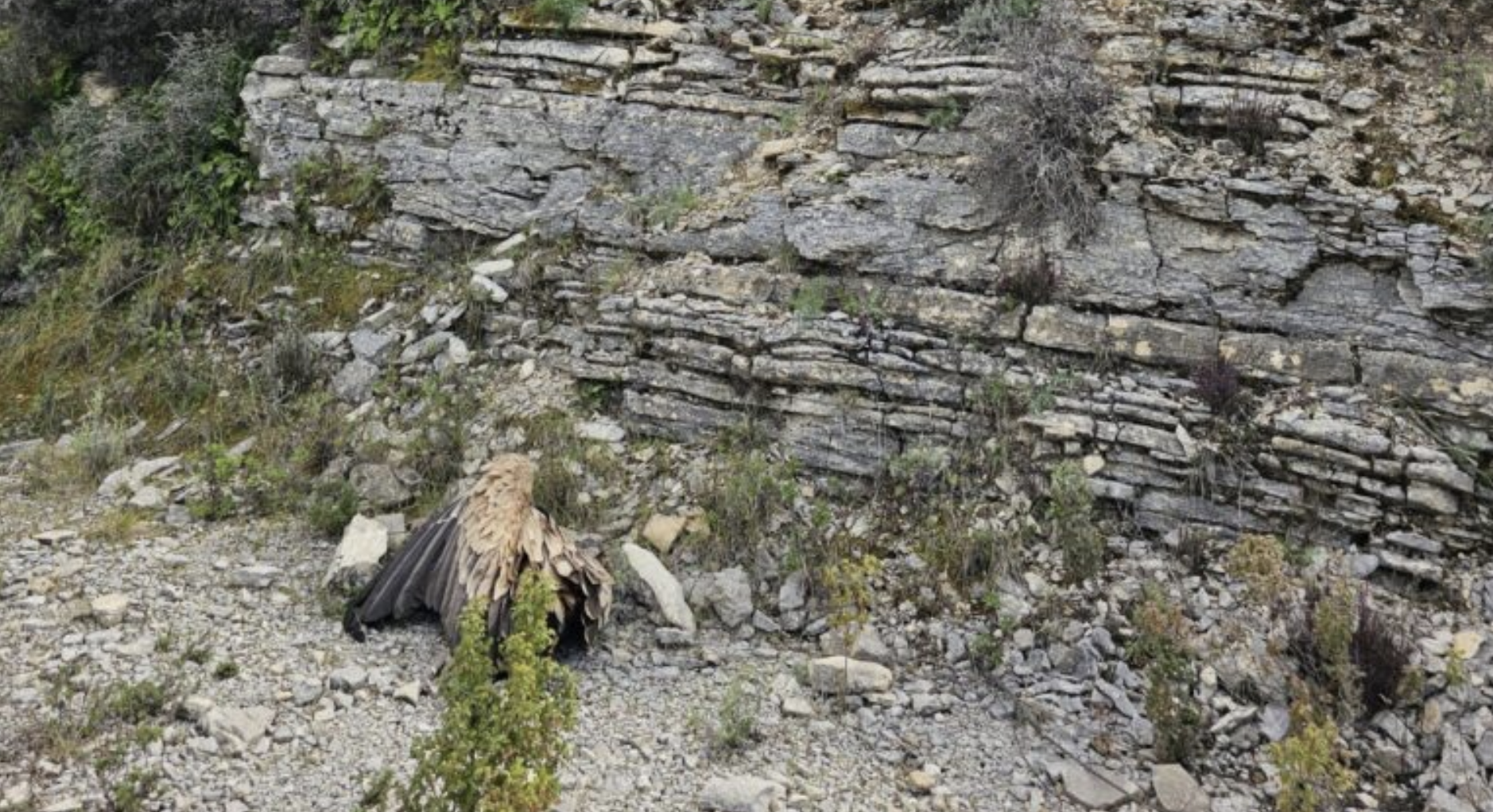
Sediments of volcanic origin are often unsuitable for the fossilization of both hard and soft organic tissues. However, in some rare instances, they can provide unique conditions for the preservation of animal remains, just like in the case of the head and neck of a Griffon Vulture (Gyps fulvus) fossil found from the Late Pleistocene. A research article examined this extraordinary case of vertebrate soft tissue fossilization within pyroclastic sediments of the Alban Hills volcano (SE Rome, Italy) using Computer Tomography (CT) analysis, and obtained extraordinary results. This analysis helped recreate a detailed 3D model, which helped determine the cause of death as well as the gender, age and weight of the vulture!
Creating a detailed 3D cast of the head and neck

The research team performed a CT analysis and obtained an exceptionally detailed 3D cast of the entire head and neck of a Late Pleistocene Griffon Vulture. The 3D cast exhibited the external morphology of the head and neck of the vulture, revealing in perfect detail the fossilized everted tongue, beak, imprints of feathers and the first record of the nictitating membrane of the eye, with the research team claiming that it is the best-preserved example of soft tissue preservation in a fossil discovered up to 2014.
Determining the most probable cause of death
This fossilization revealed no evidence of burning and is even superior in detail compared to the victims of the AD 79 volcanic eruption of Vesuvius. Based on the evidence, it is likely that the vulture died from asphyxiation from a cloud of ash and/or steam and was then engulfed by a relatively cold (<100 C) pyroclastic flow. The clarity of the anatomical details and the fact that there were no traces of the decomposition process suggest that a pyroclastic flow entered through the mouth shortly after death, wrapping the inner walls of the oral cavity, which helped produce the perfect cast of the anatomy.
Identifying age, gender and weight
The perfectly detailed 3D cast helped define the anatomical portions of both the head and the beak. Morphological and biometrical data from the vulture fossil were compared with those of extant Griffon Vultures to confirm the taxonomical attribution and to establish the biological characters of this individual. According to the comparative measurements of Xirouchakis and Poulakakis (2008), the fossilized vulture was an adult male over five years of age, with an estimated weight of more than 7 kg. After comparison of the head and beak measurements of the vulture fossil, the analysis determined that it was a male.
Source
Iurino, D., Bellucci, L., Schreve, D. and Sardella, R., 2014. Exceptional soft tissue fossilization of a Pleistocene vulture (Gyps fulvus): new evidence for emplacement temperatures of pyroclastic flow deposits. Quaternary Science Reviews, 96, pp.180-187. doi.org/10.1016/j.quascirev.2014.04.024
Sign up to our newsletter and never miss any vulture news!



